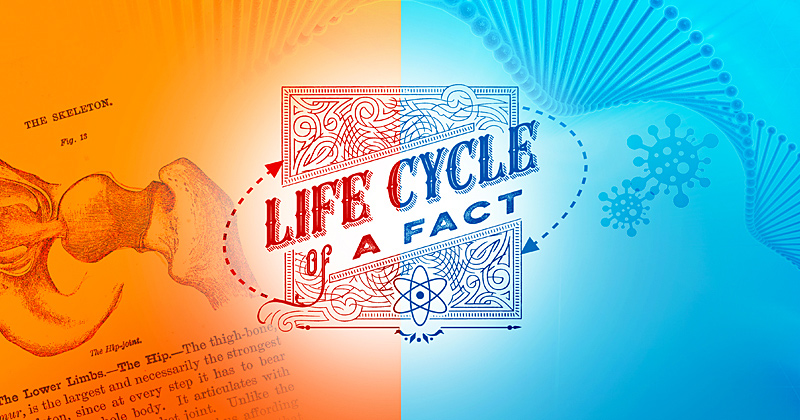


How research takes us from clueless to insightful
Illustration by Dave Barczak October 03, 2022
Scientific method offers reliable path to greater knowledge
Editor’s note: This article appears in the latest, all-digital issue of the University of Delaware Research magazine. This issue focuses on the importance of effective communication in our lives and tips for ensuring a healthy information diet. It also covers ways faculty and students are using research to explore new worlds, including volcanoes. What does it take to really know something? Beginning with a taste here, the full article in the magazine explains how the scientific method — used with careful recordkeeping, integrity, transparency — offers a painstaking-but-quite-reliable path to understanding our world, how it works and, just as important, what we don’t know (yet).
At some point in history — and not all that long ago — we did not know what in the world we were made of. We did not know anything about genes or cells or microbes or what made them all fit together.
We may have known the knee bone was connected to the thigh bone, but we didn’t know anything about the ligaments that shored up those connections, how all of that mattered to our muscles or why some old men had a lot more trouble walking than their grandchildren did.
For a long time, we didn’t know anything about bacteria or viruses either. We had no idea that they could threaten our lives, and we did not know that we could avoid the diseases they brought.
Scientists have taught us a lot about these things, often working for years to answer a single question to help us understand how things work and how they could work better.
“When I teach biochemistry, I often challenge my students to think about the people who made the facts in their textbooks possible,” said Catherine Leimkuhler Grimes, professor of chemistry and biochemistry at the University of Delaware.
“People. Real people made these facts possible, probably dedicating much of their research careers to discover these things. However, as we go through time, those facts can be added to and the plot can thicken and/or change.”
Read more: Life Cycle of a Fact.
Contact Us
Have a UDaily story idea?
Contact us at ocm@udel.edu
Members of the press
Contact us at 302-831-NEWS or visit the Media Relations website

